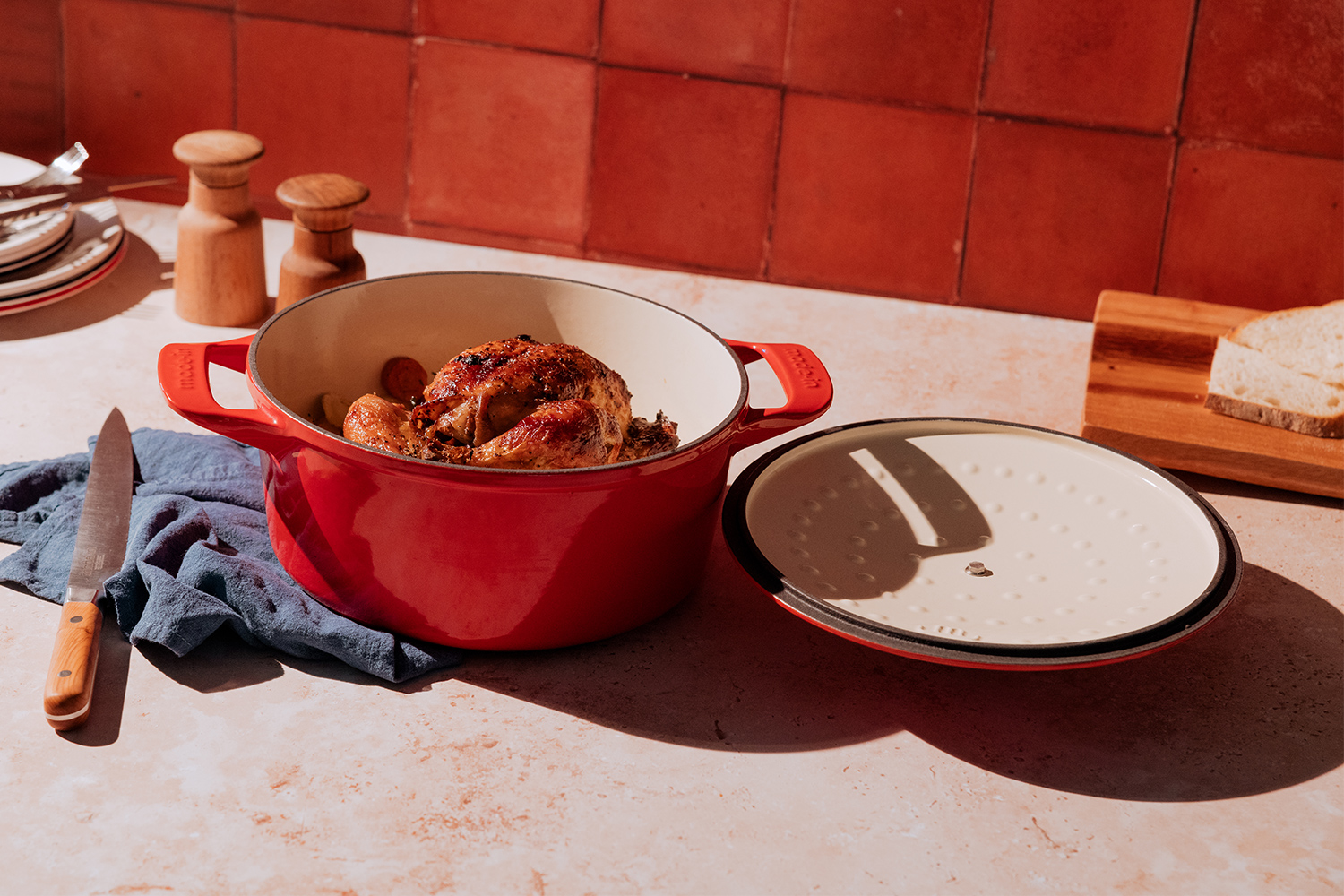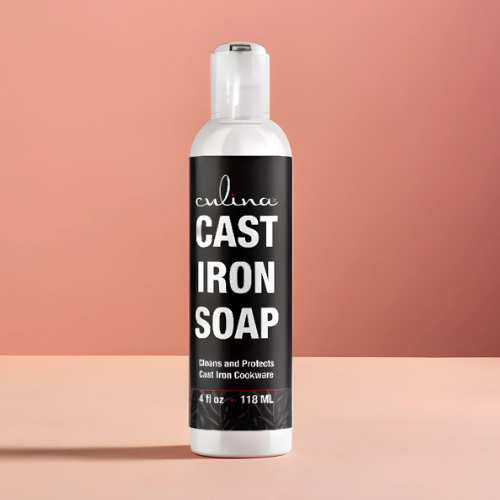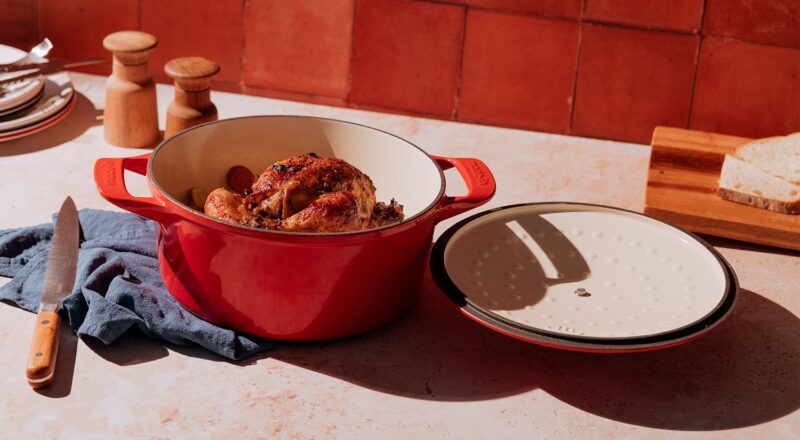Deglazing your Dutch oven can seem like a daunting task, but once you understand the process, it becomes a breeze! This article is here to guide you through the deglazing technique, ensuring your Dutch oven stays in great condition and is always ready for your next culinary adventure.

What is Deglazing?
Deglazing is a cooking technique that involves adding liquid to a hot pan to release the flavorful bits of food stuck to the bottom. This process not only helps in cleaning the pan but also adds depth and flavor to your dishes, making them even more delicious.

Why is Deglazing Important?
Understanding why deglazing is important can help elevate your cooking skills. Here are some key reasons:
- Flavor Enhancement: Deglazing extracts and intensifies flavors.
- Pan Preservation: Helps maintain the quality of your Dutch oven.
- Easy Cleanup: Makes the cleaning process more manageable.

Materials Needed to Deglaze Your Dutch Oven
Before jumping into the deglazing process, gather the following materials:
- Wooden spatula
- Liquid (water, broth, wine)
- Heat-resistant gloves
- Clean cloth
Step-by-Step Guide on How to Deglaze Dutch Oven
Step 1: Heat the Dutch Oven
Begin by heating your Dutch oven on the stovetop over medium-high heat. Ensure the oven is hot enough to loosen the food particles stuck to the bottom.
Step 2: Add the Liquid
Once the Dutch oven is hot, add a small amount of liquid. The liquid should immediately start to steam and sizzle, which is a sign that it is loosening the stuck-on food.
Step 3: Scrape the Bottom
Use a wooden spatula to gently scrape the bottom of the Dutch oven, focusing on areas where food particles are stuck.
Step 4: Let it Simmer
Allow the liquid to simmer for a few minutes, continuing to scrape and stir as needed.
Step 5: Wipe Clean
Once the bottom of the Dutch oven is clean, turn off the heat and let it cool slightly. Then, use a clean cloth to wipe out any remaining residue.
Tips for Effective Deglazing
Here are some additional tips to enhance your deglazing technique:
- Use Appropriate Liquids: Choose a liquid that complements your dish.
- Be Gentle: Use gentle motions to avoid damaging the surface.
- Dont Overdo It: A small amount of liquid goes a long way.
Common Mistakes to Avoid
Avoid these pitfalls to ensure a successful deglazing process:
- Adding too much liquid
- Using a metal utensil
- Not scraping thoroughly
Benefits of Using a Dutch Oven
Dutch ovens are versatile and durable, making them a great addition to any kitchen. Here are some key benefits:
- Even Heat Distribution: Ensures your food cooks evenly.
- Retains Heat: Keeps your food warm for longer periods.
- Versatility: Perfect for a variety of cooking methods, including roasting, frying, and baking.
How to Choose the Right Liquid for Deglazing
Choosing the right liquid can enhance the flavor of your dish. Common options include:
- Water
- Chicken or beef broth
- White or red wine
- Juice (for a sweeter touch)
Maintaining Your Dutch Oven
Proper maintenance ensures longevity and performance. For cleaning guides, you can refer to clean dutch oven and cook roast.
Transitioning From Stovetop to Oven
Dutch ovens excel both on the stovetop and in the oven. Learn how to cook pot roast for the best results.
Additional Cooking Tips
Experiment with your Dutch oven to find what works best for you. For more tips, check out how to clean dutch oven.
FAQs
How often should I deglaze my Dutch oven?
Deglaze your Dutch oven after every use to maintain its condition and flavor integrity.
Can I deglaze with cold liquid?
No, always use a warm or hot liquid to prevent thermal shock and potential damage to the Dutch oven.
Is it necessary to deglaze if there are no stuck-on particles?
While not strictly necessary, its good practice for enhancing flavor and ensuring thorough cleaning.
As an Amazon Associate, I earn from qualifying purchases.

